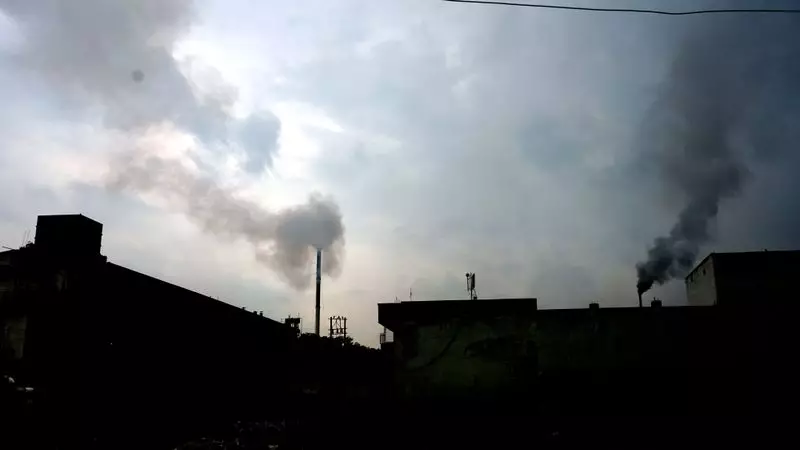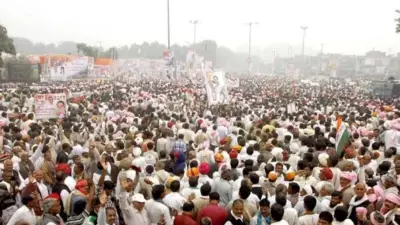
In a decisive move to combat worsening air quality, the Haryana State Pollution Control Board (HSPCB) has issued a stern directive to all industries operating in the National Capital Region (NCR). With air quality indices plunging to alarming levels, industries are now required to install sophisticated Continuous Emission Monitoring Systems (CEMS) to track their pollution output in real-time.
The Pollution Wake-Up Call
Recent air quality monitoring data from Faridabad has revealed consistently 'poor' AQI readings, triggering immediate regulatory action. The deteriorating environmental conditions have pushed authorities to implement stricter compliance measures for industrial units that contribute significantly to the region's pollution burden.
Mandatory Monitoring Systems
The HSPCB's comprehensive order mandates that all NCR-based industries must install and operationalize CEMS without delay. These advanced systems are designed to:
- Continuously track industrial emissions and pollutants
- Provide real-time data to regulatory authorities
- Identify pollution sources instantly
- Ensure compliance with environmental standards
Strict Compliance Timeline
Industries operating in the NCR have been given clear deadlines to comply with the new monitoring requirements. The HSPCB has emphasized that failure to install these systems within the specified timeframe will result in stringent legal action, including potential operational shutdowns and substantial penalties.
Broader Environmental Impact
This regulatory crackdown represents a significant step in Haryana's ongoing efforts to improve air quality across the NCR. By holding industries accountable for their emissions, authorities aim to create a more sustainable industrial ecosystem while protecting public health from the dangers of poor air quality.
The initiative aligns with broader regional environmental protection goals and demonstrates the state's commitment to enforcing pollution control measures through technological intervention and strict regulatory oversight.





